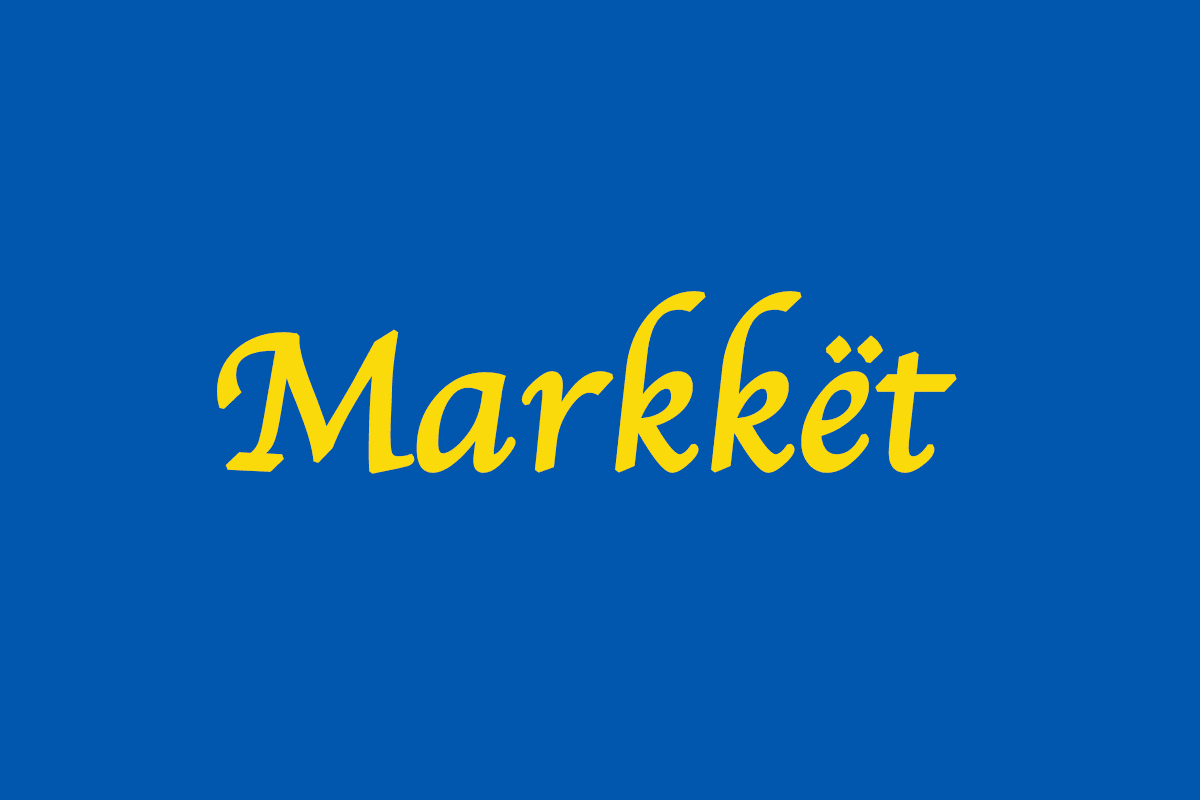Using the Content Management System
Join a supportive webmaster community

Thanks for considering markkët for your blog, website or electromechanical commerce store.
We know there are many competitors out there, we've used most of them as professional engineers for agencies and clients of different size and volume. For many projects we have developed custom solutions, and understand the usual frustrations and limitations of existing solutions.
In is current state, the content management system allows you to create a store and publish a few articles, pages, products or events.
Optionally you can connect to Stripe for payouts, and offer physical goods and digital services.
Get Started
With an easy and secure magic link system, we use your verified email as a form of identification and security
Once in your dashboard, there's a nice wizard that you can follow.
You need to create a store first, it is the basic unit that holds everything that follows. Having two stores allows you to draft ideas and share them privately without altering the experience for current customers.
Regardless of the name, your store is a perfect place for community announcements, artisans, small business, fairs and werewolves.
Store attributes
We hope that the dashboard is intuitive, the title and description show up in the store homepage and sections like footer.
A slug becomes the segment on the URL required to visit your store, or connect to the headless JSON Object Notation system.
SEO
A common section around the dashboard is titled SEO. The title and description here are used by search engines, AI crawlers, social media and other systems. You can opt-out of discovery, and customize the way your page is seen.
We don't encourage or endorse Search Engine Optimization hacking techniques, is an interesting subject that webmasters must know about. We have time tested well practices we're trying to implement, and will improve our dashboard to offer suggestions and more guardrails to improve your chances of discovery by the correct audience.
Optionally upload a Social image that displays in the compatible platforms when others share your link. These images usually include headlines and captivating design to stand out and encourage a click.
Content Dashboard
The dashboard has a few useful sections, where you can preview your writing, add images and configure your storefront.
Pages
The items under pages are displayed in the about section of your website.
Create special pages to customize the description of your blog, catalogue and newsletter by using the following slugs: blog, products, newsletter, about, home
Use the pages to provide frequently answered questions about yourself, philosophy and ideas where curious customers can easily find them. It offers them trust that they're dealing with real people and encourages a purchase
Articles
The articles are displayed in the blog section. We recommend adding frequent ones to describe anecdotes, behind the scenes, and interesting ideas to build community around
Many buyers feel a personal connection to an artist before deciding to support via their catalogue
Products & Prices
Display a catalogue on your store and optionally collect sales online. Add a few pictures, description and information about the purchase
We currently allow sales of digital services and physical products, by default the checkout form asks the buyer for address. Adding the word digital to a price name skips that. After purchase you can follow up with the buyer by email or send fulfillment information via dashboard.
Sharing
Your storefront is available in [ de.markket.place/store/__slug__ ] where __slug__ is the property with the same name in your store.
Most pages are under [ de.markket.place/store/__slug__/about/__page__slug], similar for products and articles. At the top of the page there's usually a link to click and open in a new tab
Test the way your page is perceived by others by using og:debugger services or sharing with your team before the public
Custom templates
Visit our developer portal to learn about deploying your own templates, our component libraries and examples with one click deploy